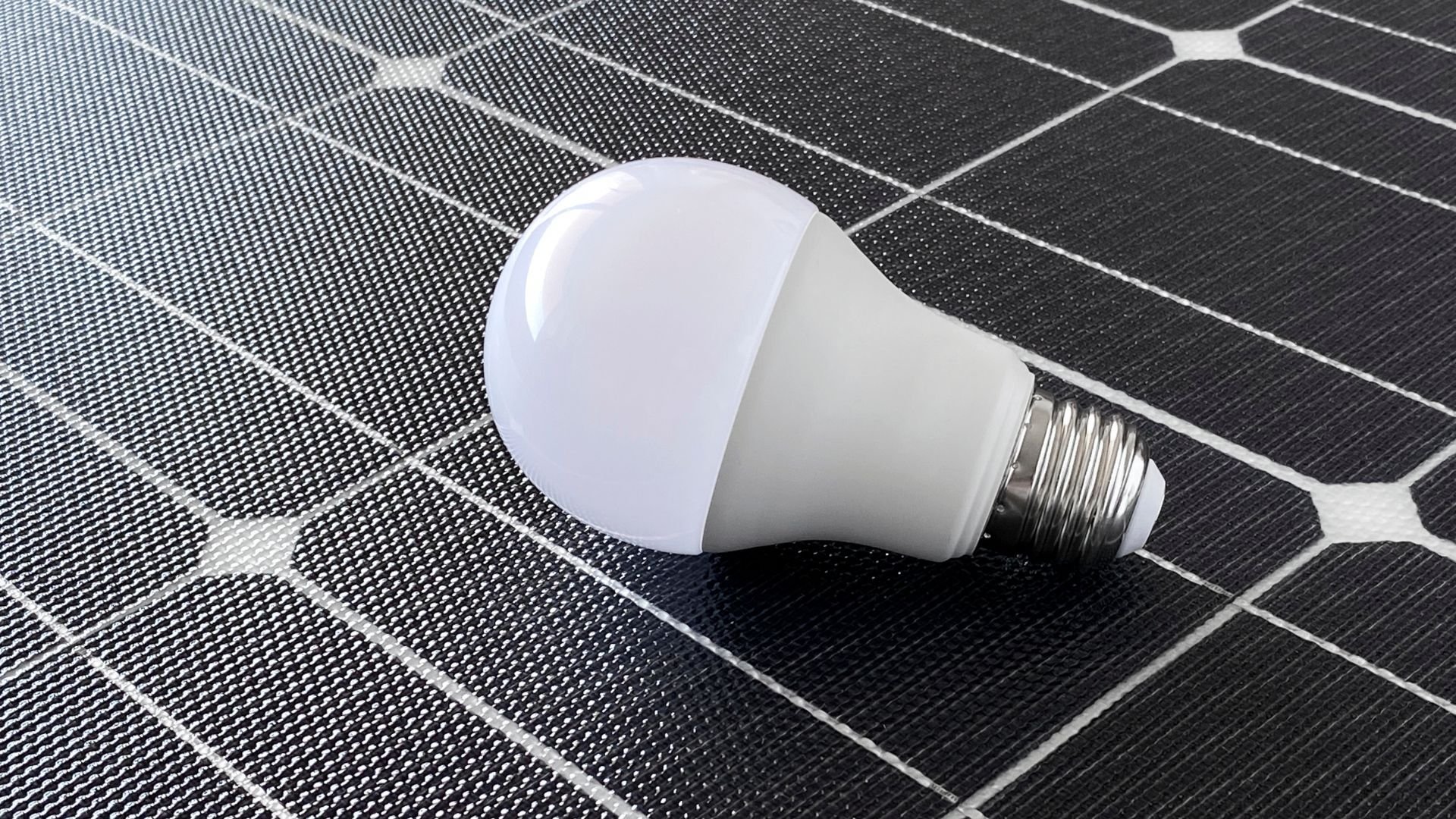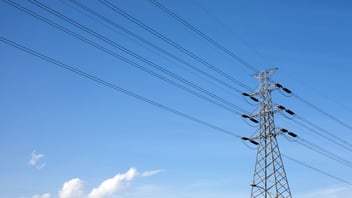Commercial Retail Electricity 101: Understanding Your Business’s Utility Bill

When you open your electricity bill, you might skim through the individual charges and direct your eyes to the total amount in bold. Seeing a high energy bill could be discouraging, but the trick to saving money on your electricity bill is reading between the lines—you need to understand your bill and what you’re being charged for. These things get a little complicated, but we can help you!
How To Read Your Utility Bill
First, your bill is based on your utility company and location. It varies from state to state and utility to utility, but there are a few basics that stay the same. Your electricity is measured in kilowatt-hours (kWh)— not to be confused with kilowatt (see: our solar glossary)—which is how much power is consumed over time. This electricity cost is based on your business’s energy consumption and can be directly controlled by either reducing your electricity usage or selecting a fixed-rated plan. Below are more common line items that could appear in the rest of your bill:
Summary of charges: this is the first list of charges you see at the top of your bill. It includes your business’s account status, previous account balance, past payments, and the new amount for the current billing cycle.
Electric supply charge: This is one of two main items on your electricity bill. It’s the cost of generating your electricity (this is where kWh kicks in). Supply charges are calculated as the price per kWh multiplied by the volume of kWh consumed. Your charges are based on what your business uses to run operations every day. Learn more here.
Transmission (or delivery) charge: The other major item on your electricity bill is the transmission charge. This rate covers the energy that is delivered to the end-user, which is your business. Utility companies are responsible for the transmission of energy.
Diving deeper into your electricity bill presents an opportunity to take control over your high monthly charges. As part of our Fall Basics Series: Understanding Your Electricity Bill, we’ll continue to examine how each utility in NY, Mass., and CT addresses its end-users and where you can cut costs. In the meantime, if you’re ready to change the way you power your business and reduce your monthly energy bill today, our Energy Experts are on standby.
Download Our Retail Pricing Buyer's Guide Below:
This article is part of our “Fall Basics Series” where we unpack complex topics in energy and make them simple for our commercial and industrial customers. Subscribe to our blog today to stay up to date on the latest!



